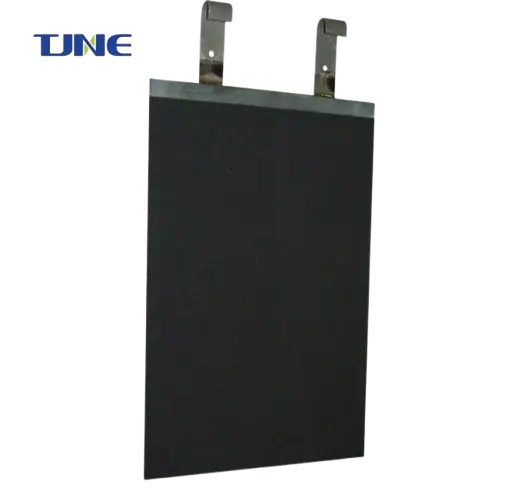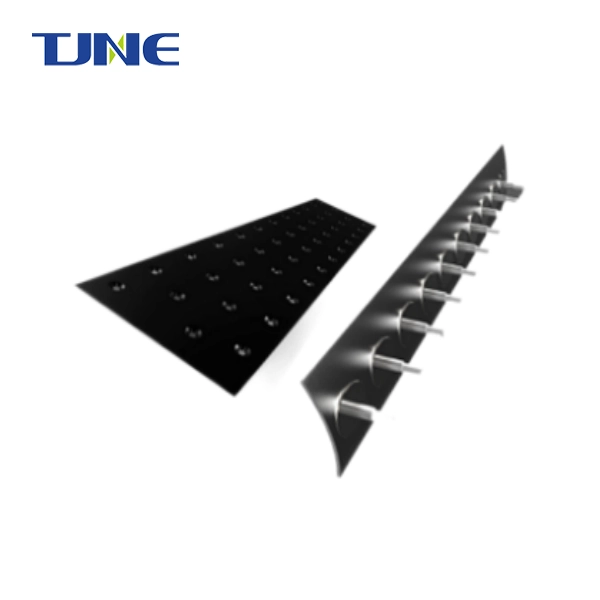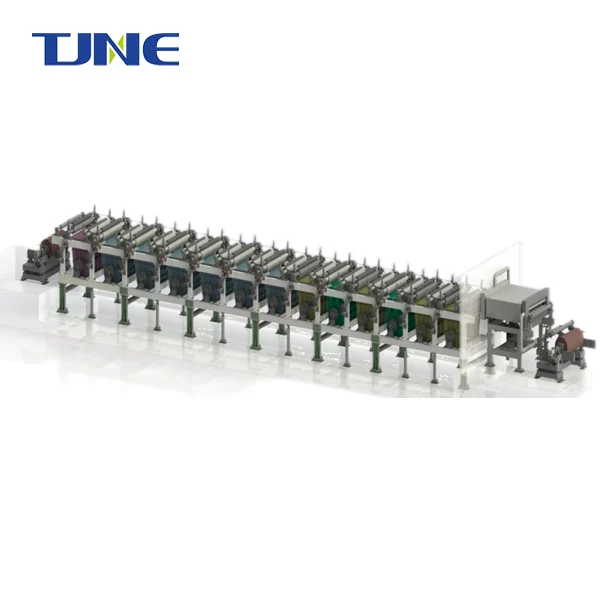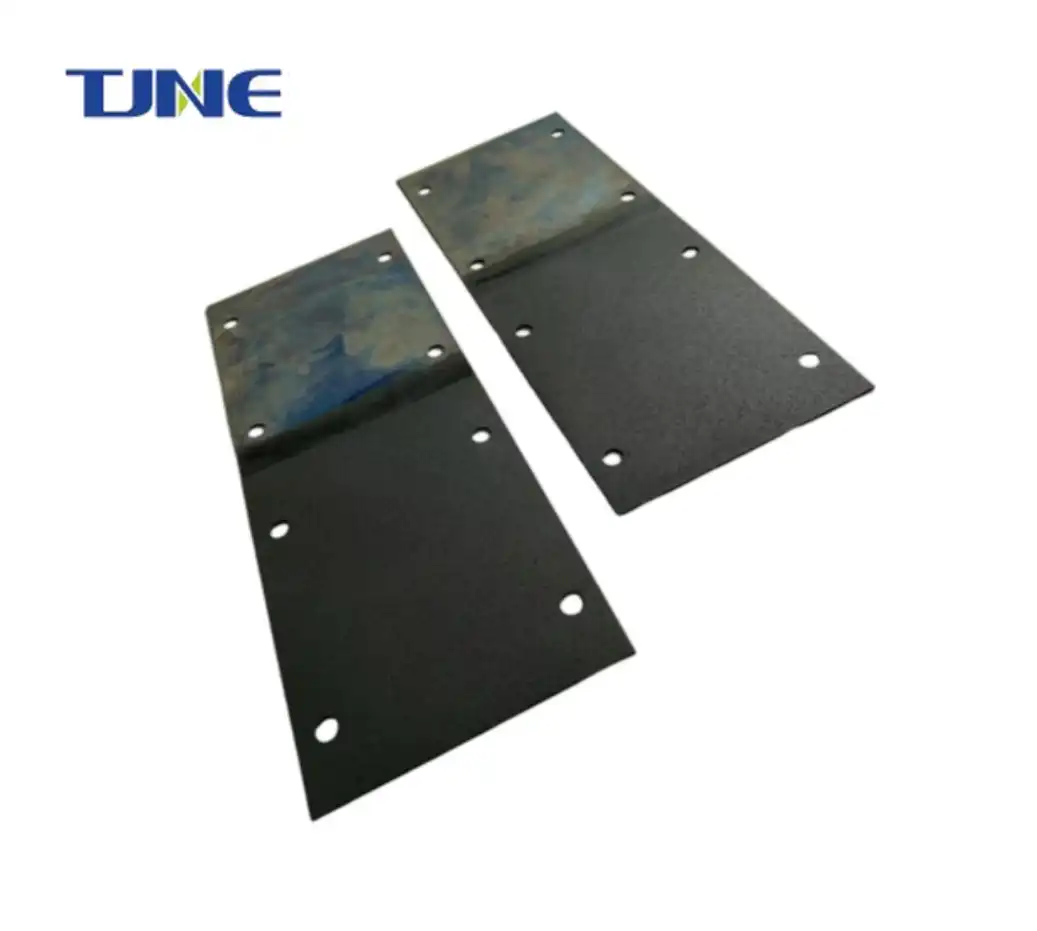- English
- French
- German
- Portuguese
- Spanish
- Russian
- Japanese
- Korean
- Arabic
- Greek
- German
- Turkish
- Italian
- Danish
- Romanian
- Indonesian
- Czech
- Afrikaans
- Swedish
- Polish
- Basque
- Catalan
- Esperanto
- Hindi
- Lao
- Albanian
- Amharic
- Armenian
- Azerbaijani
- Belarusian
- Bengali
- Bosnian
- Bulgarian
- Cebuano
- Chichewa
- Corsican
- Croatian
- Dutch
- Estonian
- Filipino
- Finnish
- Frisian
- Galician
- Georgian
- Gujarati
- Haitian
- Hausa
- Hawaiian
- Hebrew
- Hmong
- Hungarian
- Icelandic
- Igbo
- Javanese
- Kannada
- Kazakh
- Khmer
- Kurdish
- Kyrgyz
- Latin
- Latvian
- Lithuanian
- Luxembou..
- Macedonian
- Malagasy
- Malay
- Malayalam
- Maltese
- Maori
- Marathi
- Mongolian
- Burmese
- Nepali
- Norwegian
- Pashto
- Persian
- Punjabi
- Serbian
- Sesotho
- Sinhala
- Slovak
- Slovenian
- Somali
- Samoan
- Scots Gaelic
- Shona
- Sindhi
- Sundanese
- Swahili
- Tajik
- Tamil
- Telugu
- Thai
- Ukrainian
- Urdu
- Uzbek
- Vietnamese
- Welsh
- Xhosa
- Yiddish
- Yoruba
- Zulu
How Do Titanium Electrodes Enhance the Nickel And Cobalt Electrodeposition Process?
Titanium electrodes have emerged as a game-changing innovation in the field of nickel and cobalt electrodeposition. These advanced electrodes offer significant improvements in efficiency, quality, and cost-effectiveness compared to traditional electrode materials. By leveraging the unique properties of titanium and the precision of electrodeposition techniques, these electrodes are revolutionizing the nickel and cobalt electrodeposition industry. This article will explore how titanium electrodes enhance the nickel and cobalt electrodeposition process and examine their impact on various aspects of the procedure.
What are the advantages of using titanium electrodes in electrodeposition?
Titanium electrodes have gained significant popularity in the electrodeposition industry due to their numerous advantages over traditional electrode materials. The use of titanium in electrodeposition processes, particularly for nickel and cobalt, offers a range of benefits that contribute to improved efficiency, quality, and overall performance.

One of the primary advantages of titanium electrodes is their exceptional corrosion resistance. Unlike many other metals, titanium forms a stable, passive oxide layer on its surface when exposed to oxygen. This oxide layer acts as a protective barrier, preventing further corrosion and degradation of the electrode. In the harsh chemical environment of electrodeposition baths, this corrosion resistance is crucial for maintaining electrode integrity and longevity.
The high strength-to-weight ratio of titanium is another significant advantage. Titanium electrodes are lighter than many alternative materials while still offering excellent mechanical strength. This property allows for easier handling and installation of electrodes, particularly in large-scale industrial applications. The reduced weight also contributes to energy savings during the electrodeposition process, as less power is required to move or rotate the electrodes in the electrodeposition bath.
Titanium's excellent electrical conductivity is a key factor in its effectiveness as an electrode material. While not as conductive as copper or silver, titanium offers a good balance of conductivity and corrosion resistance. This property ensures efficient current distribution across the electrode surface, leading to more uniform electrodeposition results and reduced energy consumption.
The thermal stability of titanium electrodes is another advantage in electrodeposition applications. Titanium maintains its structural integrity and performance characteristics over a wide range of temperatures. This stability is particularly beneficial in high-temperature electrodeposition processes or in applications where temperature fluctuations are common.
Furthermore, titanium electrodes exhibit excellent dimensional stability. They resist warping, bending, or other deformations that can occur during the electroplating process. This stability ensures consistent plating results and reduces the need for frequent electrode replacement or adjustment.
The inert nature of titanium in most electrodeposition solutions is another significant advantage. Titanium does not react with or contaminate the electrodeposition bath, which is crucial for maintaining the purity and quality of the deposited nickel and cobalt. This characteristic also contributes to the extended lifespan of the electrodeposition bath, reducing the frequency of bath replacement and associated costs.
Lastly, the use of titanium electrodes can lead to improved deposit quality in nickel nad cobalt electrodeposition. The uniform current distribution and stable electrode surface promote more consistent and higher quality electrodeposition results. This can result in smoother, more adherent, and more uniform nickel and cobalt deposits, which are essential for many industrial applications.
How does the electrodeposition of titanium affect electrode performance?
The electrodeposition of titanium onto electrode substrates represents a significant advancement in electrode technology for nickel-cobalt electroplating. This process involves the controlled deposition of titanium onto a base material, typically through electrochemical methods. The resulting titanium electrodes offer unique performance characteristics that significantly enhance the nickel-cobalt electroplating process.
The electrodeposition process allows for precise control over the titanium layer's thickness, composition, and surface morphology. This level of control is crucial in optimizing the electrode's performance for specific electroplating applications. By adjusting the electrodeposition parameters, such as current density, electrolyte composition, and deposition time, engineers can tailor the titanium coating to meet specific requirements.
One of the primary effects of titanium electrodeposition on electrode performance is the enhancement of surface area. The electrodeposition process can create a titanium layer with a high surface area-to-volume ratio, often featuring a nanostructured or microporous surface. This increased surface area provides more active sites for the electrochemical reactions involved in nickel-cobalt plating, leading to improved efficiency and faster deposition rates.
The electrodeposited titanium layer also contributes to improved current distribution across the electrode surface. The uniform and controlled nature of the electrodeposition process results in a more homogeneous titanium layer compared to other coating methods. This uniformity promotes even current distribution, which is essential for achieving consistent and high-quality nickel-cobalt deposits.
Another significant effect of titanium electrodeposition is the enhancement of the electrode's catalytic properties. The electrodeposited titanium surface can exhibit unique catalytic characteristics that promote the reduction reactions involved in nickel-cobalt plating. This catalytic effect can lead to lower overpotentials, reduced energy consumption, and improved plating efficiency.
The electrodeposition process also allows for the incorporation of dopants or alloying elements into the titanium layer. These additives can further enhance the electrode's performance by modifying its electrical, chemical, or mechanical properties. For example, the addition of certain noble metals to the titanium layer can improve its catalytic activity and corrosion resistance.
The adhesion between the titanium layer and the substrate is another critical factor influenced by the electrodeposition process. Proper control of the deposition parameters can result in a strong and durable bond between the titanium coating and the underlying material. This strong adhesion is essential for ensuring the long-term stability and performance of the electrode under the demanding conditions of nickel-cobalt electroplating.
Furthermore, the electrodeposition of titanium can lead to improved electrode longevity. The controlled nature of the deposition process allows for the creation of dense, compact titanium layers that are highly resistant to degradation in the plating environment. This resistance to wear and corrosion translates to extended electrode life, reducing maintenance requirements and operational costs.
What impact do titanium electrodes have on nickel and cobalt deposition composition?
The use of titanium electrodes in nickel and cobalt electrodeposition has a significant impact on the composition and properties of the resulting alloy. These advanced electrodes influence various aspects of the deposition process, ultimately affecting the structure, composition, and performance characteristics of the nickel and cobalt deposition.

One of the primary impacts of titanium electrodes on nickel and cobalt deposition is the enhancement of compositional uniformity. The uniform current distribution provided by titanium electrodes promotes more consistent deposition of nickel and cobalt across the substrate surface. This uniformity is crucial for achieving the desired deposition and properties throughout the entire electrodeposition area. In contrast, traditional electrode materials may lead to localized variations in current density, resulting in compositional inhomogeneities in the deposited metal.
Titanium electrodes also contribute to improved control over the nickel and cobalt deposition. The stable and inert nature of titanium in the electrodeposition bath allows for more precise control of the electrochemical reactions governing the deposition of nickel and cobalt. This enhanced control enables manufacturers to achieve specific deposition with greater accuracy and reproducibility. The ability to fine-tune the nickel and cobalt ratio is essential for tailoring the deposition's properties to meet specific application requirements, such as magnetic characteristics, hardness, or corrosion resistance.
The use of titanium electrodes can also influence the grain structure and morphology of the deposited nickel and cobalt. Finer grains generally lead to improved mechanical properties, including increased hardness and wear resistance. Additionally, the uniform current distribution provided by titanium electrodes coated with metal oxide can result in more consistent grain growth across the electrodeposition surface, contributing to improved overall deposition quality.
Another significant impact of titanium electrodes on nickel and cobalt electrodeposition is the reduction of impurities and inclusions in the deposit. The inert nature of titanium prevents electrode dissolution and contamination of the electrodeposition bath, which is a common issue with some traditional electrode materials. This reduced contamination leads to purer nickel and cobalt deposits with fewer undesirable inclusions. The result is a higher quality deposition with improved performance characteristics and enhanced reliability in various applications.
Titanium electrodes can also influence the stress state of the deposited nickel and cobalt. The uniform current distribution and controlled deposition conditions facilitated by titanium electrodes can help minimize internal stresses in the deposition. Reduced internal stress is crucial for preventing issues such as cracking, peeling, or warping of the electrodeposition layer, especially in thick deposits or applications involving thermal cycling.
Furthermore, the use of titanium electrodes can impact the hydrogen deposition during the nickel and cobalt electrodeposition process. Hydrogen evolution is a common side reaction in electrodeposition that can lead to embrittlement and reduced quality of the deposition. Titanium electrodes, particularly when optimized through specific electrodeposition techniques, can help mitigate hydrogen evolution and reduce hydrogen incorporation into the nickel and cobalt deposition. This reduction in hydrogen content contributes to improved mechanical properties and overall performance of the deposition.
The catalytic properties of titanium surfaces coated with metal oxide can also influence the kinetics of nickel and cobalt deposition. This catalytic effect may lead to changes in the deposition rates of nickel and cobalt, potentially allowing for the creation of novel compositions or graded structures that are difficult to achieve with traditional electrode materials.
Lastly, the use of titanium electrodes can contribute to enhanced adhesion between the nickel and cobalt and the substrate. The uniform current distribution and controlled deposition conditions promote better interfacial bonding, resulting in stronger adhesion and improved durability of the deposition.
In conclusion, titanium electrodes significantly enhance the nickel and cobalt electrodeposition process through their unique properties and performance characteristics. These advanced electrodes offer numerous advantages, including improved corrosion resistance, enhanced current distribution, and better control over deposition. The impact of titanium electrodes on nickel and cobalt deposition is substantial, influencing factors such as compositional uniformity, grain structure, purity, and adhesion. As research in this field continues to advance, titanium electrodes are poised to play an increasingly important role in the future of nickel and cobalt electrodeposition technology, driving improvements in efficiency, quality, and cost-effectiveness across various industrial applications.
If you are interested in the products of Xi'an Taijin New Energy & Materials Sci-Tech Co., Ltd., please contact yangbo@tjanode.com.
References:
1. Walsh, F. C., & Ponce de León, C. (2014). A review of the electrodeposition of metal matrix composite coatings by inclusion of particles in a metal layer: an established and diversifying technology. Transactions of the IMF, 92(2), 83-98.
2. Eliaz, N., & Gileadi, E. (2008). Induced codeposition of alloys of tungsten, molybdenum and rhenium with transition metals. Modern aspects of electrochemistry, 191-301.
3. Low, C. T. J., Wills, R. G. A., & Walsh, F. C. (2006). Electrodeposition of composite coatings containing nanoparticles in a metal deposit. Surface and Coatings Technology, 201(1-2), 371-383.
4. Vaezi, M. R., Sadrnezhaad, S. K., & Nikzad, L. (2008). Electrodeposition of Ni–SiC nano-composite coatings and evaluation of wear and corrosion resistance and electroplating characteristics. Colloids and Surfaces A: Physicochemical and Engineering Aspects, 315(1-3), 176-182.
5. Srivastava, M., William Grips, V. K., & Rajam, K. S. (2007). Electrochemical deposition and tribological behaviour of Ni and Ni–Co metal matrix composites with SiC nano-particles. Applied Surface Science, 253(8), 3814-3824.
6. Bindra, P., & White, J. R. (1990). Fundamental aspects of electroless copper plating. In Electroless Plating (pp. 289-329). William Andrew Publishing.
7. Schlesinger, M., & Paunovic, M. (Eds.). (2011). Modern electroplating (Vol. 55). John Wiley & Sons.
8. Rosso, M., Scicutella, F., & Laganà, N. (2013). Electrodeposition of thick coatings of nickel and nickel–cobalt alloy on steel. Transactions of the IMF, 91(2), 89-94.
9. Tian, L., Xu, J., & Qiang, C. (2011). The electrodeposition behaviors and magnetic properties of Ni–Co films. Applied Surface Science, 257(10), 4689-4694.
10. Ebrahimi, F., & Ahmed, Z. (2003). The effect of current density on properties of electrodeposited nanocrystalline nickel. Journal of Applied Electrochemistry, 33(8), 733-739.
Related Industry Knowledge
- What are the Technical Challenges in the Electrodeposition of Nickel And Cobalt Using Titanium Electrodes?
- What Are the Benefits of Using Titanium Electrodes for Copper Electrodeposition?
- How Do Titanium Electrodes Enhance Copper Electrodeposition Efficiency and Quality?
- How to Prepare a Titanium Electrode for Copper Electrodeposition?
- What is the Process Involved in Electrodepositing Copper Using a Titanium Electrode?
- How Does Electrodeposition Enhance Titanium Electrodes for Nickel-Cobalt Applications?
- Can Titanium Electrodes Improve the Adhesion of Copper Electrodeposition?
- How Can Titanium Electrode Improve Nickel And Cobalt Electrodeposition Performance?
- Can Titanium Anodes Revolutionize Zinc Electrodeposition?












